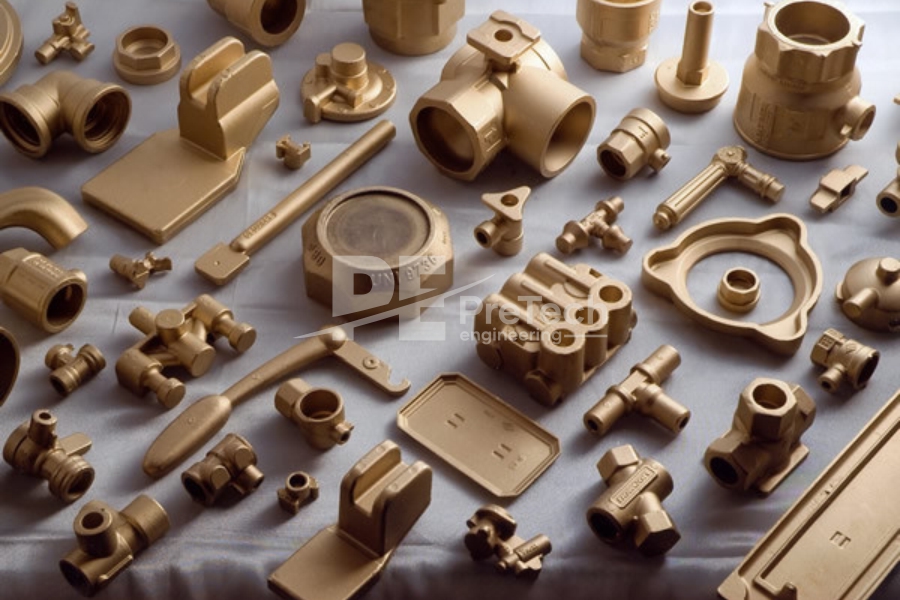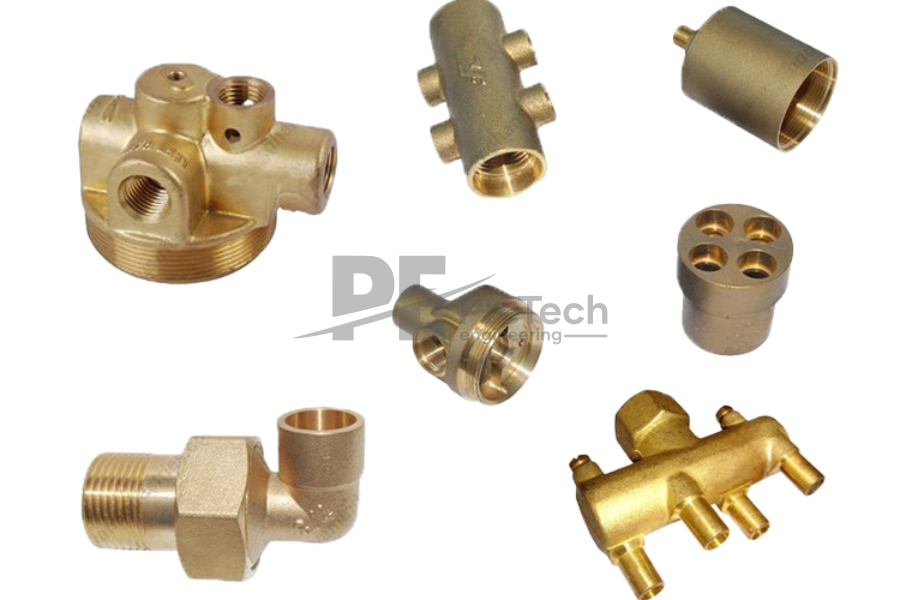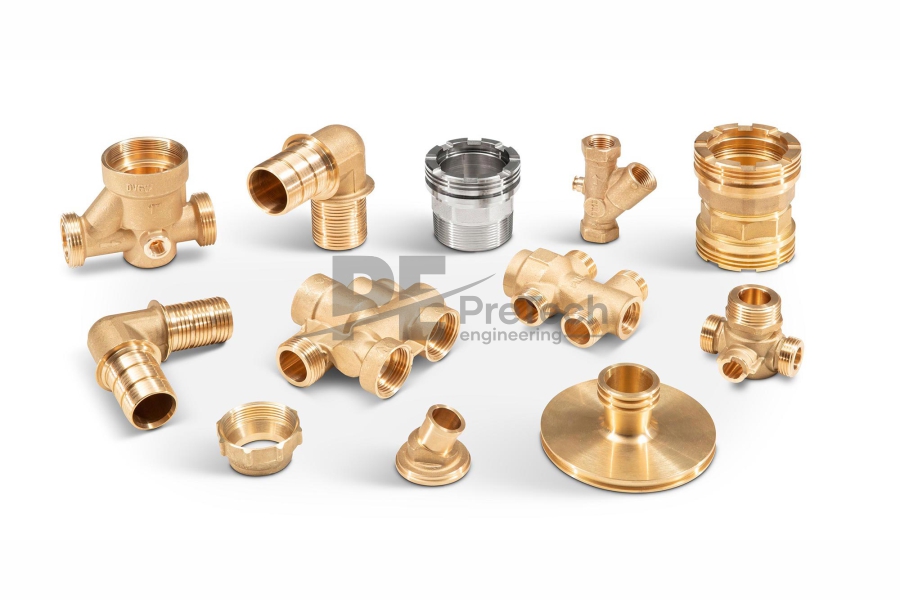| Materials: |
- Steel (Carbon Steel, Alloy Steel)
- Stainless Steel (Austenitic, Martensitic, Ferritic)
- Aluminum Alloys
- Brass and Bronze Alloys
- Copper Alloys (including Beryllium Copper)
- Titanium and Titanium Alloys
- Nickel Alloys (Inconel, Monel)
|
| Types: |
- Forged Bars and Rounds
- Forged Flanges (Weld Neck, Slip-On, Blind)
- Forged Shafts and Axles
- Forged Gears and Sprockets
- Forged Pistons and Cylinder Heads
- Forged Blocks and Discs
- Forged Rings and Sleeves
- Forged Components for Automotive, Aerospace, Oil & Gas, and Industrial Applications
|
| Advantages: |
- High Strength-to-Weight Ratio
- Excellent Mechanical Properties (Toughness, Hardness)
- Enhanced Grain Structure and Directional Strength
- Improved Fatigue Resistance
- Customizable Shapes and Sizes
- Reduced Machining Costs and Material Wastage
- Consistent and Reliable Performance
- Suitable for Critical and Heavy-Duty Applications
- Conformance to Industry Standards and Specifications (ASTM, ASME, DIN, etc.)
|
| Applications: |
- Automotive Industry (Forged Crankshafts, Connecting Rods)
- Aerospace Industry (Forged Turbine Blades, Structural Components)
- Oil & Gas Sector (Forged Valves, Flanges, Drill Bits)
- Heavy Machinery and Equipment (Forged Shafts, Gears, Housings)
- Power Generation (Forged Steam Turbine Components)
- Marine Applications (Forged Propeller Shafts, Rudder Components)
- Industrial Machinery (Forged Tooling, Dies, Press Components)
- Defense and Military Equipment (Forged Weapon Components, Armor Plates)
- Construction and Infrastructure (Forged Structural Components)
|


.jpg)


